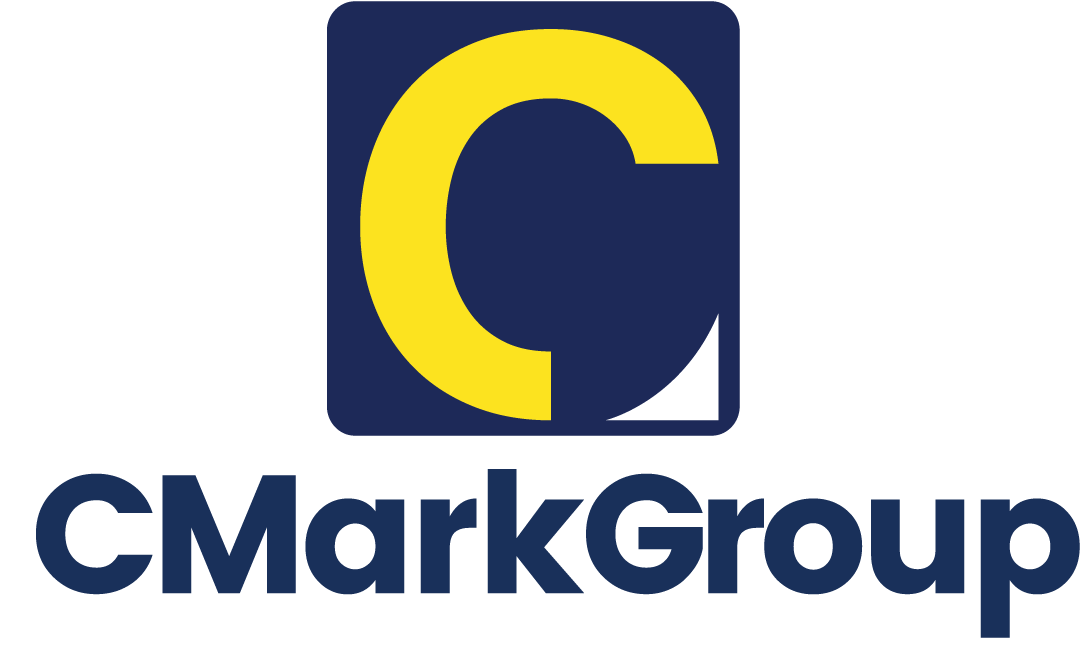Creating a Culture of Continuous Improvement
- August 18, 2017
- Posted by: Nayte Carrick
- Category: Business plans, Continuous Improvement, Innovation
The power of a Continuous Improvement (CI) program cannot be overstated. The biggest changes occur a little bit at a time, at such a pace that they are hardly noticed, which is often the best path forward.
Working with Fortune 500’s and Startups we find that both have their own difficulty with this concept.
Leadership at big companies tend to look at a department, process, or experience, imagine what a future version should look like, and then implement that solution. Only, it rarely works that way.
There are many people in multiple layers, intermingled with other departments and objectives. Often we see that only the stakeholders who make a majority of their decisions in the best interest of the company will be a solid advocate for improvement. Stakeholders who make decisions at work based on where they want their career to go, and those who are just riding out the clock to retirement or the next job, will be the biggest detractors from any proposed change.
Often big changes involve a culture shift, which, if not implemented correctly can wreak havoc on productivity and morale.
Smaller companies tend to suffer from what we term, “Analysis Paralysis,” which is when considering all of the options for change, leads to crippling indecisiveness. Not knowing which path forward, and with limited resources to absorb mistakes, changes in a smaller company tend to get delayed and then back-burnered for a long slow death.
Enter, CI.
Continuous Improvement (CI) gives us the platform and latitude to experiment with our work, measure our progress, and achieve meaningful change. Every day or every week, find a way to do it better than you did before.
Continuous Improvement is most successful when it is a part of the culture, because it involves multiple stakeholders at various stages in the process.
There are 6 primary phases companies go through when creating a culture of Continuous Improvement:
- No Knowledge of CI: Stakeholders, leaders, and line workers are not aware of CI
- CI Knowledge but No Action: Leadership learns about CI and practical applications, but it is not actively enforced
- Informal CI Activities: As CI becomes more widely known and accepted, small, ad hoc CI Activities will occur
- Formal CI Activities in Specific Areas: Leadership implements formalized CI activities for designated projects using the complete CI system
- Company-wide CI: Continuous Improvement is implemented across the board in every level of every department with a concerted effort and leadership support.
- CI becomes Culture: Stakeholders at all levels understand how to implement CI in their day-to-day, and are encouraged to make ongoing improvements
